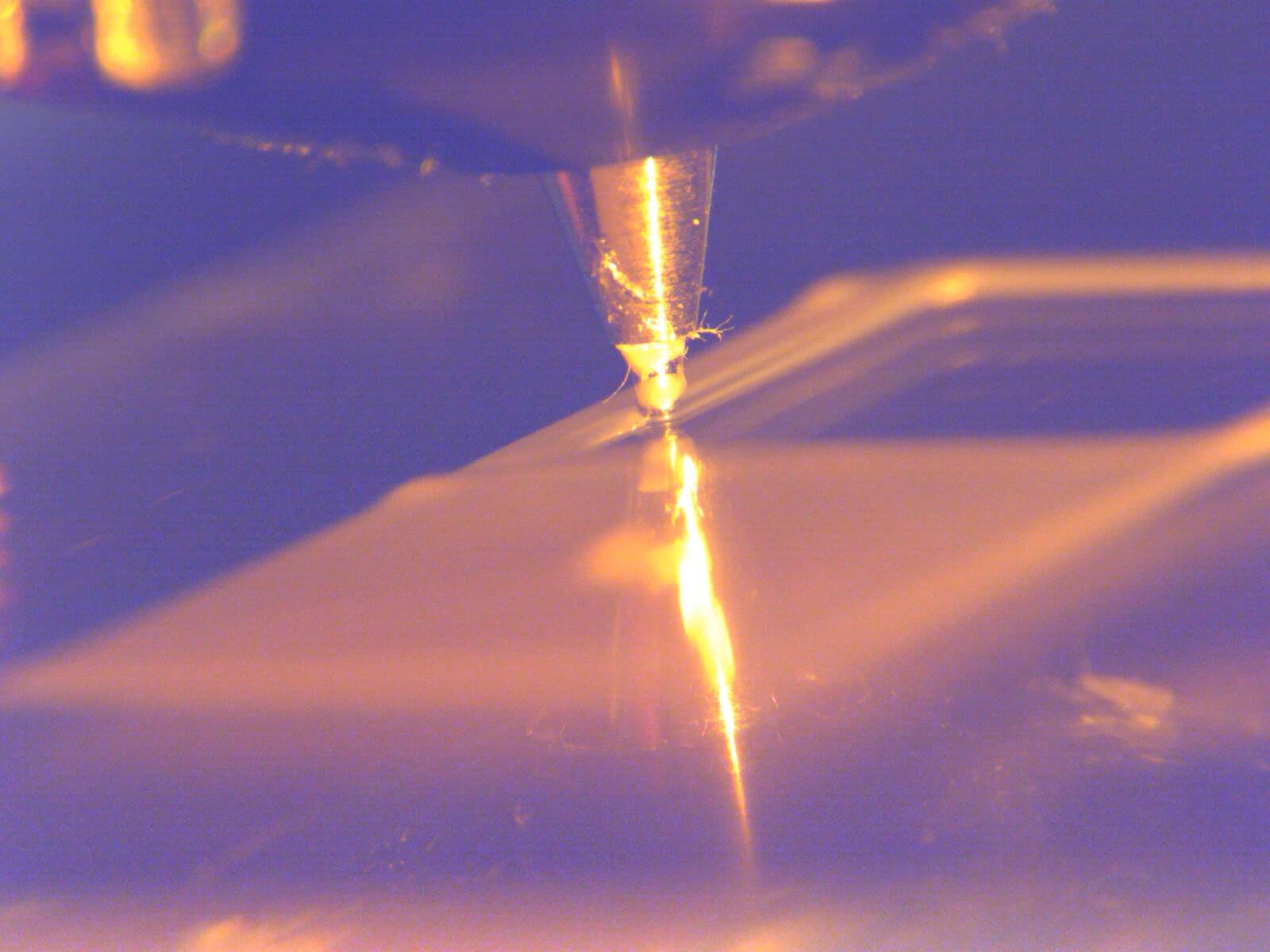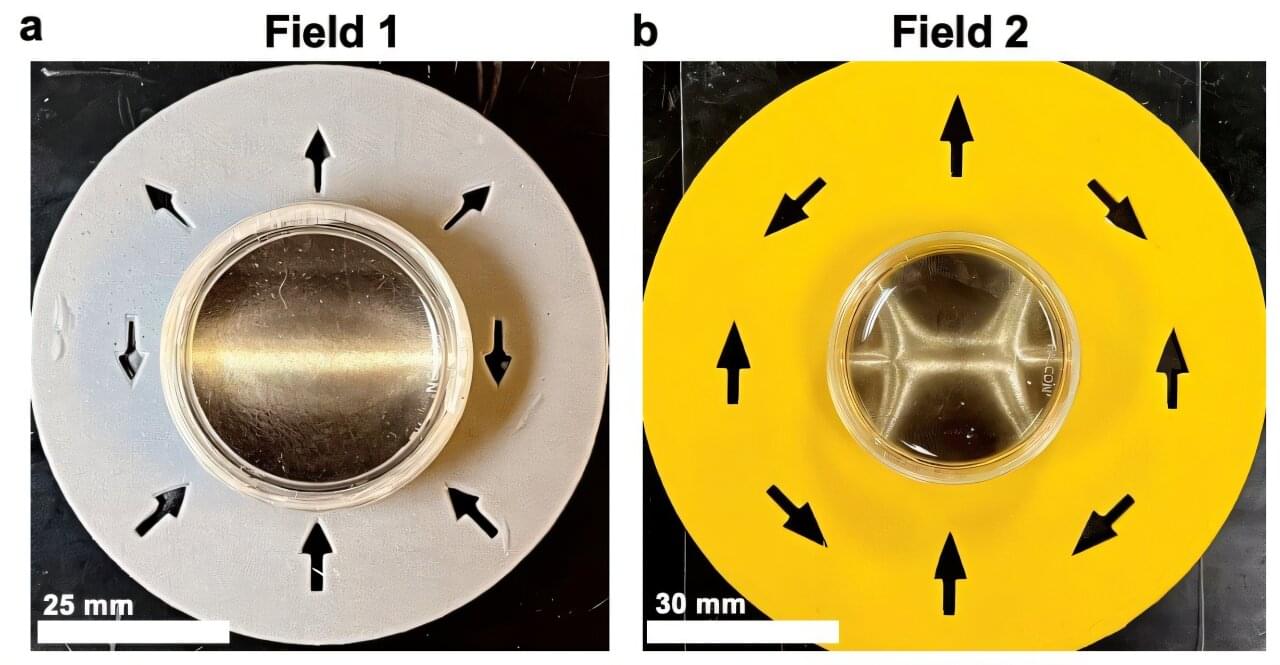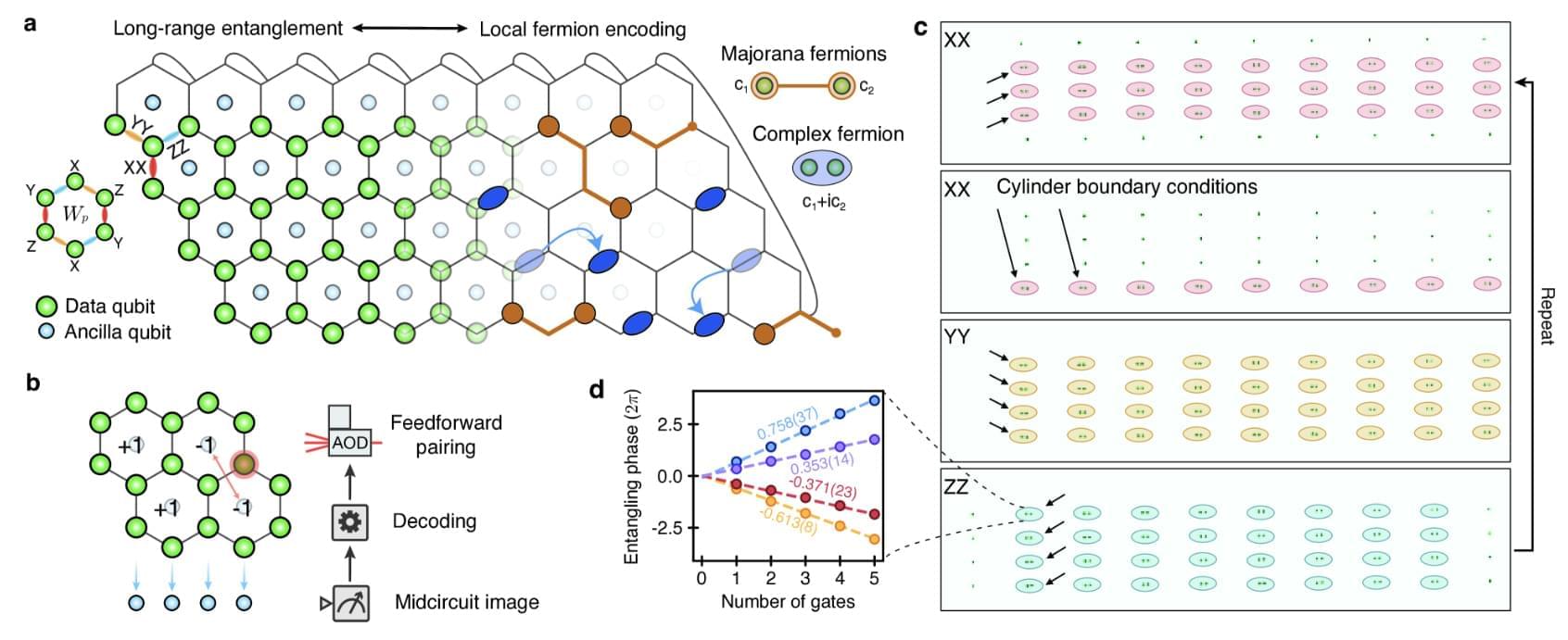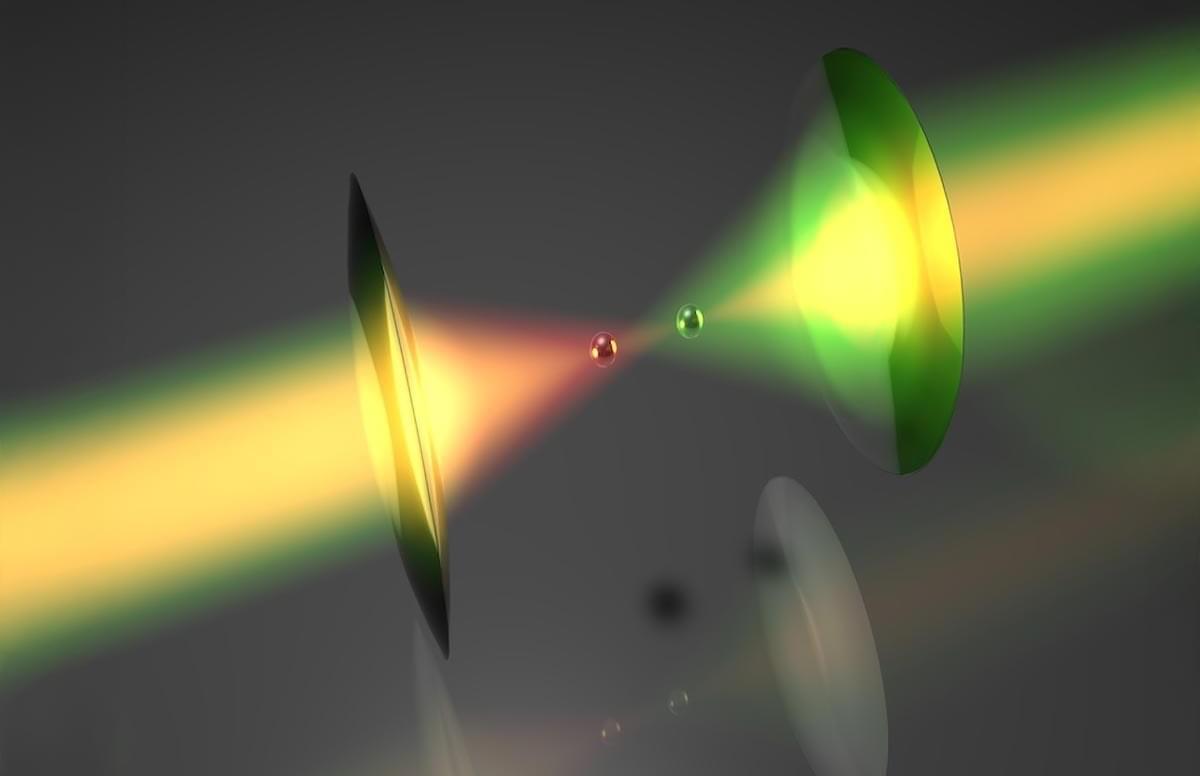The electronics of the future can be made even smaller and more efficient by getting more memory cells to fit in less space. One way to achieve this is by adding the noble gas xenon when manufacturing digital memories.
This has been demonstrated by researchers at Linköping University in a study published in Nature Communications. This technology enables a more even material coating even in small cavities.
Twenty-five years ago, a camera memory card could hold 64 megabytes of information. Today, the same physical size memory card can hold 4 terabytes—over 60,000 times more information.








